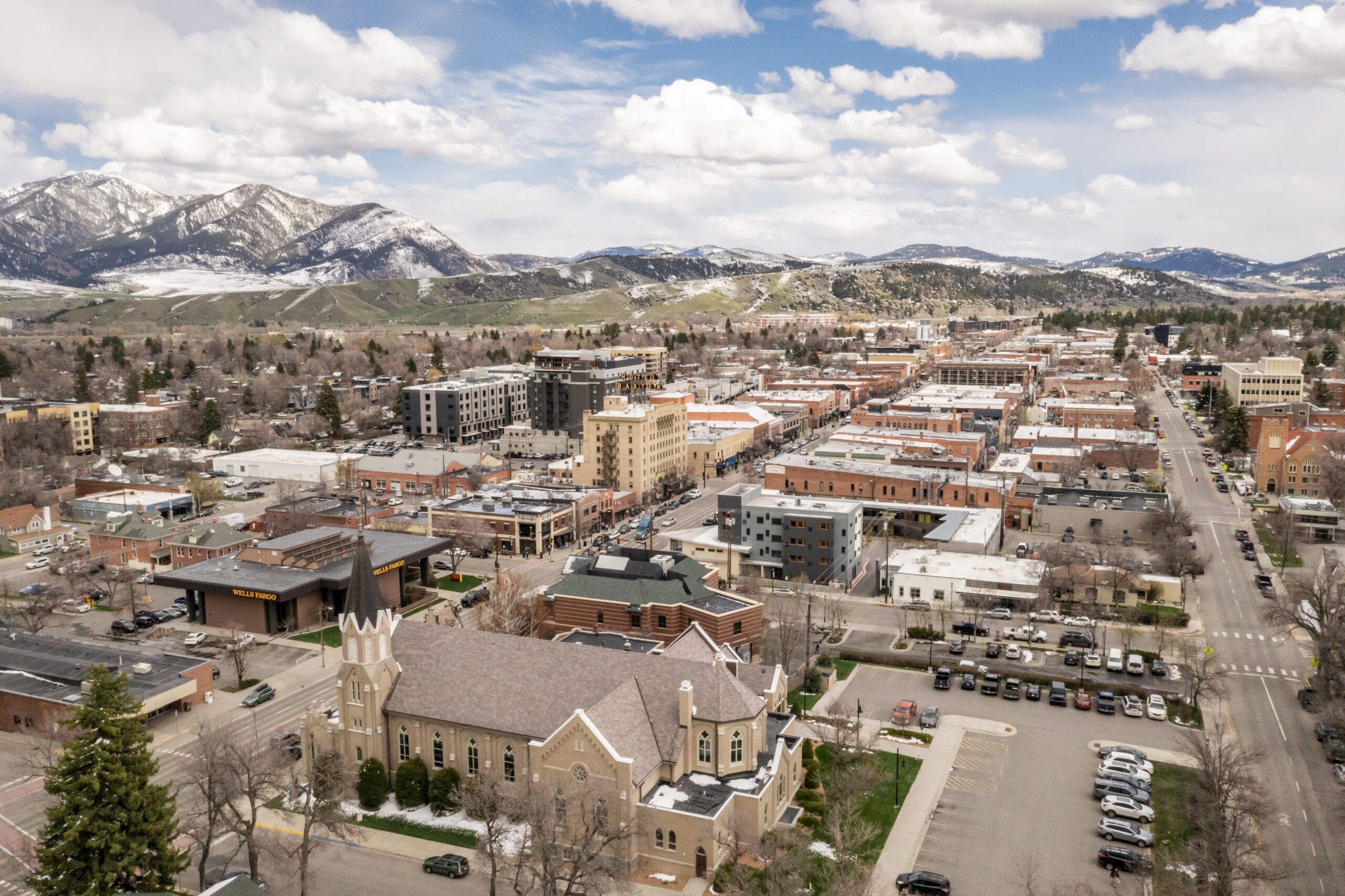As Big Sky grows, water is in high demand. Can the supply handle it?
By Gabrielle Gasser EBS STAFF
BIG SKY – Each year, mountain towns across the West closely monitor a pivotal dataset that determines one of their most important resources: snowpack and the snow water equivalent it contains.
In Big Sky, it’s a very big deal. In the face of a growing population, one accelerated over the past year by coastal residents fleeing pandemic-ridden cities, water supply remains where it was a decade ago. Demand, however, is increasing.
Recent storms, which laid a thick blanket of snow atop much of the drought-ridden West, have boosted Big Sky’s struggling snowpack and made for some great skiing. They also brought the Gallatin River Basin’s snow water equivalent—the amount of liquid water in the snowpack—up to 104 percent of median as of Feb. 24, according to data collected by the Natural Resources Conservation Service of Montana.
“The water supply in Big Sky is almost purely snowmelt driven,” said Lucas Zukiewicz, a water supply specialist with NRCS. “Precipitation in the spring certainly helps, but you’re relying predominantly on snow for your water in Big Sky.”
Montana’s snowpack and therefore its water supply is being threatened by rising temperatures, and demand for that water continues to increase. And that’s a problem, according to Tom Michalek, the vice chair of the Gallatin Watershed Council.
“If we have less snowpack, we’re going to have less water,” Michalek said. “We’re definitely going to have more people. Less water, more people, that is a situation that should concern folks.”
The 2017 Montana Climate Assessment made some dire predictions. “Rising temperatures will reduce snowpack, shift historical patterns of streamflow in Montana, and likely result in additional stress on Montana’s water supply, particularly during summer and early fall,” the assessment reads.
Big Sky’s water and sewer district is aware of this eventuality, says Ron Edwards, the district’s general manager.
“At some point, your demand will exceed your ability to supply,” Edwards said, pointing out that while demand for water is rising in Big Sky, a graph he shared at a Jan. 19 water and sewer board meeting showed that water production has remained level for the last 10 years.
According to the most recent data available, a Water System Source Capacity Plan Update prepared for the water and sewer district in August of 2015 by Western Groundwater Services, illustrated the point.
“A capacity deficit is estimated to first occur during years 2022 to 2023,” the update read. The plan addresses the projected deficit covering ways to increase capacity including leak detection and repair, water conservation, maximizing capacity from existing sources and constructing new sources. These improvements, according to the plan, could increase water system source capacity to 1,190 gallons per minute which would cover the projected 1,180 gpm deficit.
In an effort to make the current water system in Big Sky more efficient, the district undertook a Mountain Well Exploration Project last summer and drilled six test wells around the Mountain Village at the base of Lone Mountain. The goal was to find a viable water source to serve homes higher on the mountain and allow the district to split its system for efficiency and to save on pumping costs.
Of those wells that were drilled, No. 7 was the most promising, says Mark Cunnane, owner of Western Groundwater Services, the company contracted to drill and test the wells. A pump test was completed on Dec. 7 showing that No. 7 produced 215 gallons per minute, but that number dropped off and after three days of recovery the well was still down 14 feet from its initial static water level.
According to Cunnane’s report, he recommends a longer pump test to see if the well can produce a sustainable flow. Approximately 100 gallons per minute is a desirable flow according to Cunnane, based on the cost of building a well.
“We haven’t found anything that meets that criteria yet up there,” Edwards said in a Jan. 19 interview. “We’re finding water but not sustainable, 100-gallon-a-minute water.”
For now, the difficulty of drilling new wells in the West Fork Valley is merely an inconvenience to the water and sewer district, but in the not-so-distant future, increased demand driven by an influx of people to the area could outpace existing availability.
“The district and all that land out there was set up by Gallatin County to be developed,” said Scott Buecker, project manager with Bozeman-based Advanced Engineering and Environmental Services, Inc., which Big Sky nonprofit Gallatin River Task Force hired to create a Water Conservation Plan. “The development can happen as long as the developers can show that the water is there.”
GRTF is working on programs to conserve water in the community.
“You can’t create new water, so you have to conserve it so that you can meet the demands of a growing population,” said Emily O’Connor, conservation program manager with GRTF. “On top of that, we have concerns about the impacts of climate change on our water supply since we rely on snowpack.”
There are three main initiatives in the Water Conservation Program that O’Connor runs: indoor cash rebates for Big Sky residents to update fixtures in their homes, outdoor rebates that reward residents for auditing and upgrading their irrigation systems, and a program to certify properties as a “trout-friendly landscape.”
The GRTF Water Conservation Program will be expanded by a Water Conservation Plan created by Advanced Engineering Services to take a holistic approach at improving conservation efforts. The plan will identify additional measures to bolster the existing program.
Water supply in Big Sky is complex and there are no easy answers. People are flocking to the area, global warming is threatening the snowpack, and new water is difficult to come by.
“The question becomes, ‘What do we do about that?’” said Michalek of the Gallatin Watershed Council. “There’s not too much we can do to make more water than we already have and there’s very little we can do about more people moving into Big Sky and the Gallatin Valley. That situation is going to continue for the foreseeable future.”














